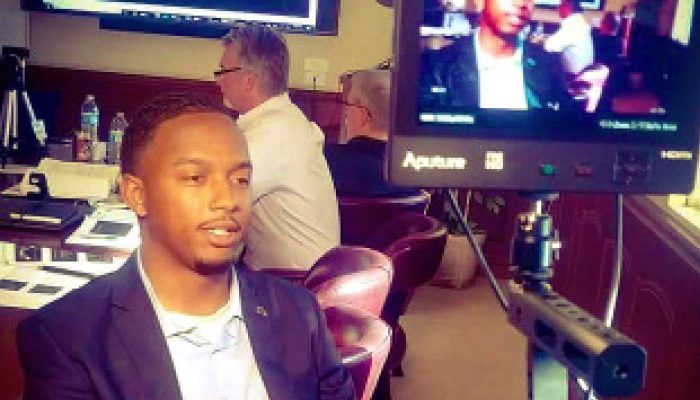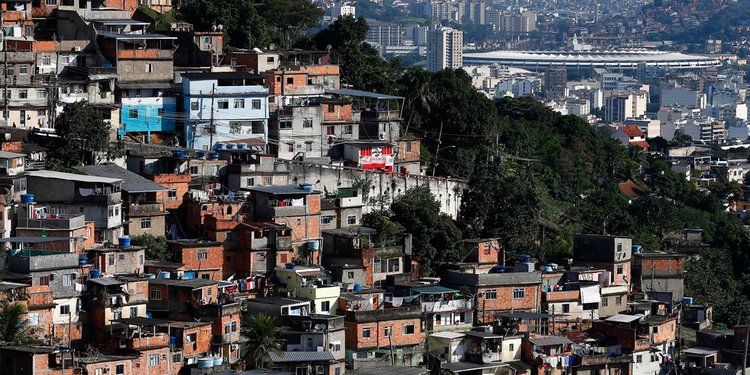The nuances of each detail vary, and the protection packages are tailored to fit them. For instance, each and every day, educational institutions are presented with their own unique set of security challenges.
Unfortunately, the US, as well as other countries, has experienced too many tragic incidents on school campuses. While these incidents are usually carried out against individuals without personal protection, what happens when there is a Protective Detail in the area? If we looked at the differences between school security personnel (also known as “resource officers”) and executive protection, would there be a clear distinction from the perspective of teachers and faculty of the educational institutions? How is close protection viewed when it comes to halls of education? How does the staff feel about an armed EP professional on the school ground or even in class?




















